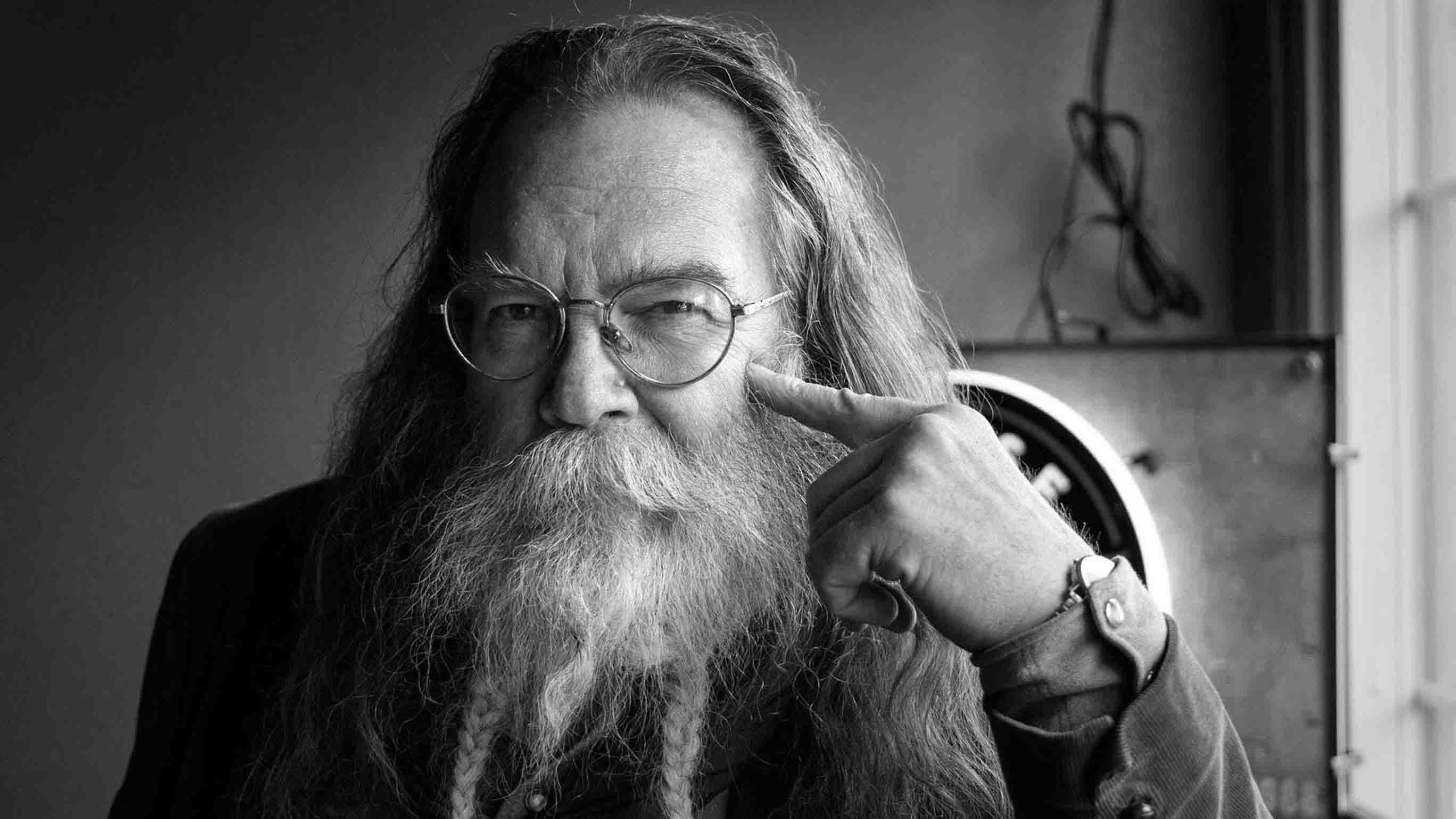What a difference a year makes. This time last year, my pilgrimage to the Bunkhouse Bar on Happy Jack Road meandered through prairie that had already burned beige with the dry, windy heat. This year, the country is a hurt-your-eyes green, and the grass is stirrup-high to a tall horse.
Last year, the reservoirs along the Lower Colorado River were low enough to pull the bones of a few murdered mobsters from the mud outside Vegas. With this year’s record runoff, the remainder of the dead goombahs will rest in peace.
When I was a kid on the ranch, during a bad drought, my granddad would say, “If it don’t rain soon, we’ll have to do like we did in the old days.” Of course, we kids would ask, “What did you do in the old days, Kirk?”
With a straight face, he’d answer, “We’d bring in a trainload of frogs from back east, and beat the piss out of ‘em.” The frogs are safe this year.
But regardless of annual moisture, we prove Mark Twain right when he said whiskey is for drinkin’ and water is for fightin’. The current alley fight over water in the Colorado River drainage is a case in point.
In this fight, as in any contest over water, the contestants would do well to heed Wendell Berry’s truism that the cheapest gallon of water is a saved gallon of water. They should keep in mind that the first drop of water God made is still in circulation, and She hasn’t made any more since.
You heard me right, while the human population on Earth increases exponentially, the amount of available water hasn’t increased by so much as a cupful since the Creation. That’s probably why fights over water these days are so bitter.
We can lay blame for much of that at the feet of Frederick Law Olmstead, the godfather of landscape architecture and designer of Central Park in NYC. Olmstead introduced the concept of lawns to urban dwellers in the U.S.
Olmstead’s lawns were meant to replicate the vast green spaces that surround the baronial estates of English aristocracy and keep unwashed commoners far from the front doors of the elite. Nowadays, every middle-class American suburbanite has a big patch of Kentucky Blue Grass between the house and the sidewalk which is watered religiously.
Olmstead did more to draw the battle line between using water to produce food and using it for frivolous aesthetic reasons than almost anybody. And that ethic has spawned the vast, green golf courses and thirsty water parks that dot the landscape of the arid West today.
Thus, the battle between using a finite resource here in the Upper Basin states to grow hay for cows that we’ll eventually eat and using it for fairways, splash pads and lawns in populous south-western cities where it never snows.
Food versus aesthetics, it boils down (pardon the pun) to a question as simple as that. Since I am the recipient of the Lifetime Achievement Award from the good folks at Pabst Blue Ribbon, I will claim, as does Al Simpson, that beer is food. So breweries qualify as restaurants.
Don’t let a wet spell or two fool you into complacency; the high creeks and rivers you see in Wyoming today are nothing more than fossil water being recirculated. The need to conserve this essential but finite resource is as critical as ever.
While we drink our whiskey and fight over water, we all need to remember that the cheapest gallon of water is a saved gallon of water. Here endeth the lesson.
Rod Miller can be reached at: rodsmillerwyo@yahoo.com





